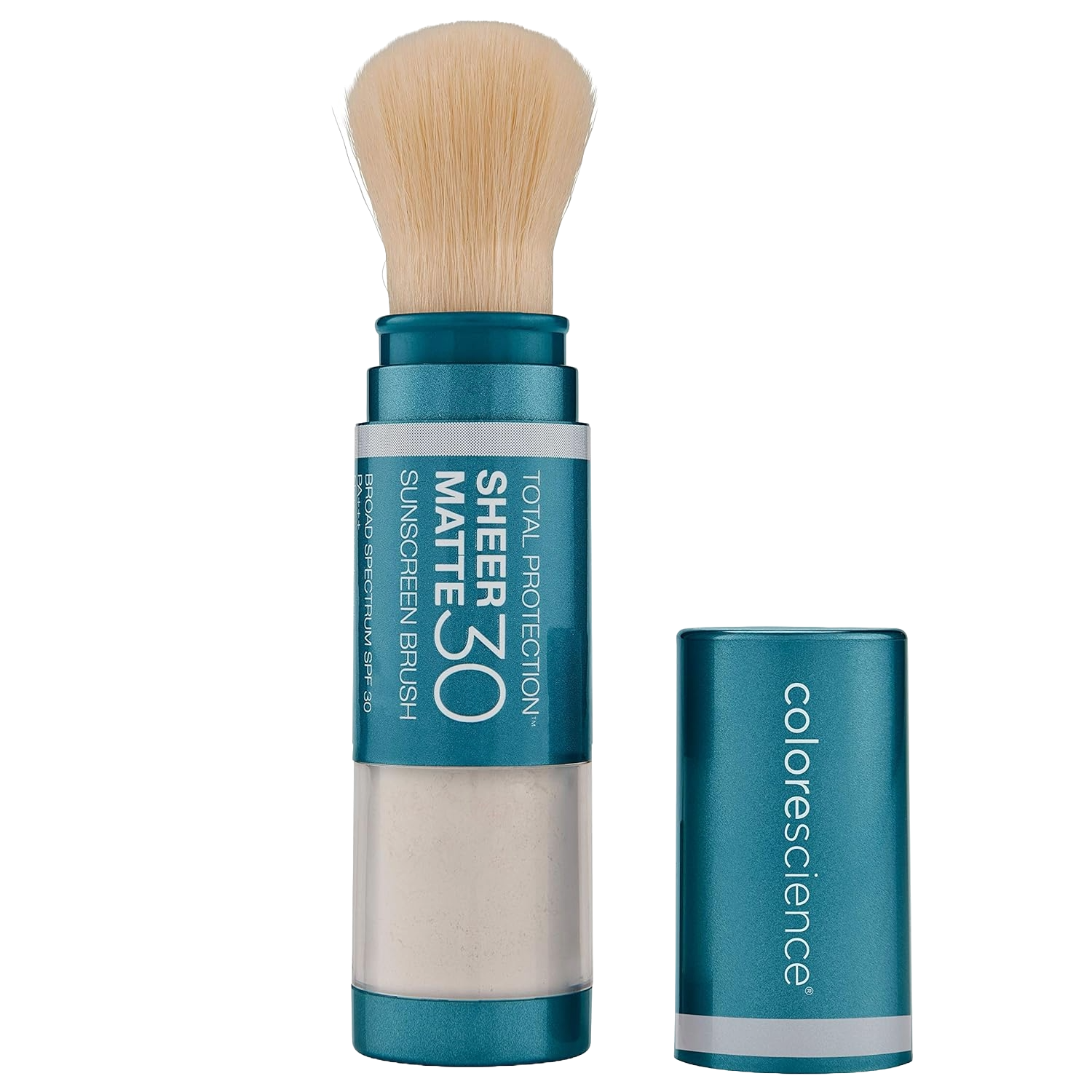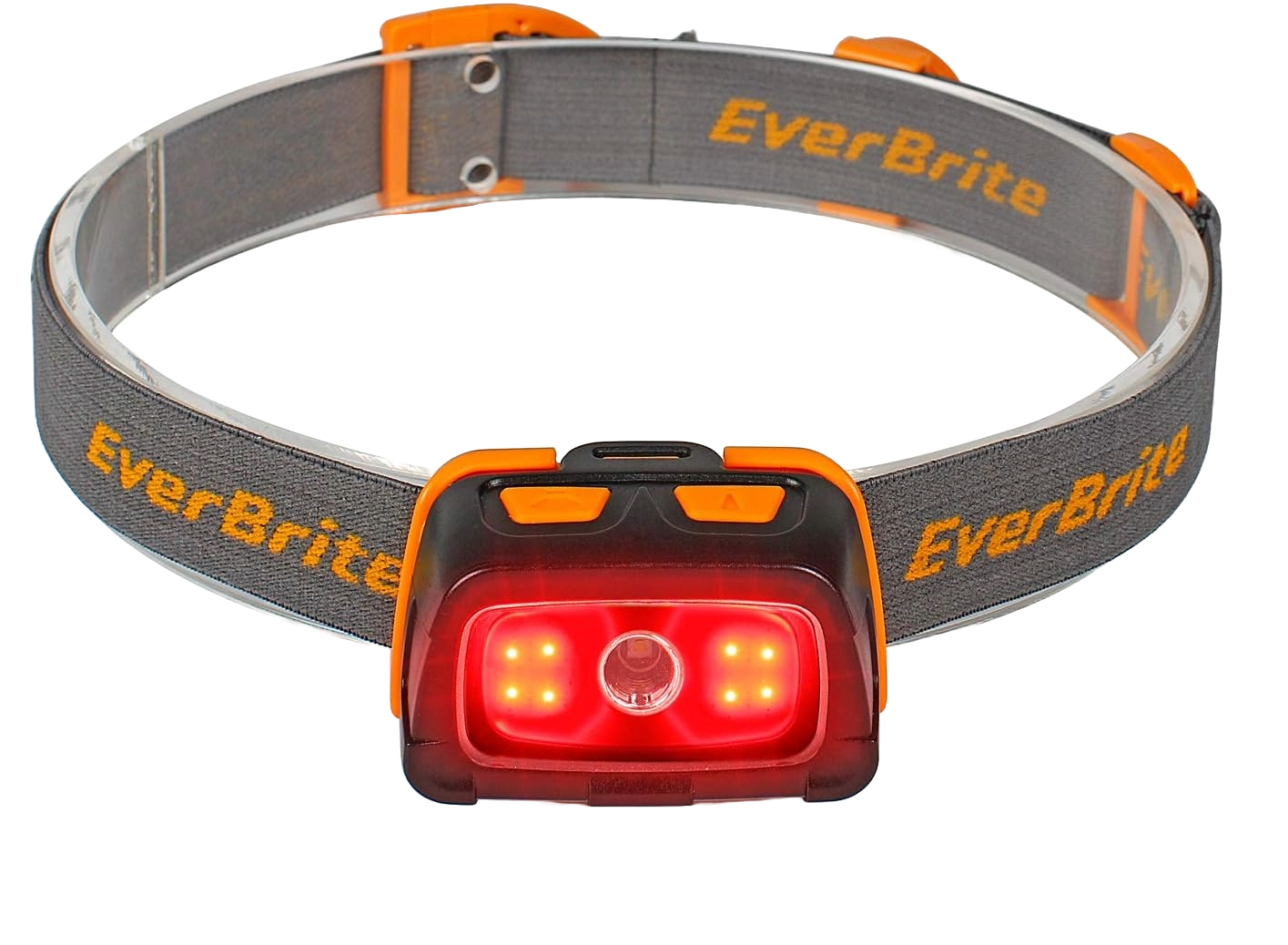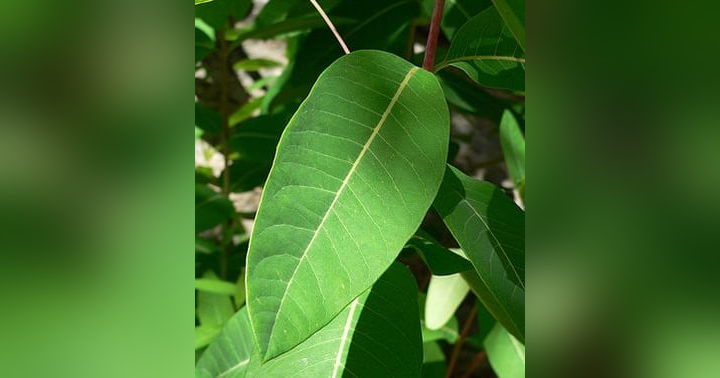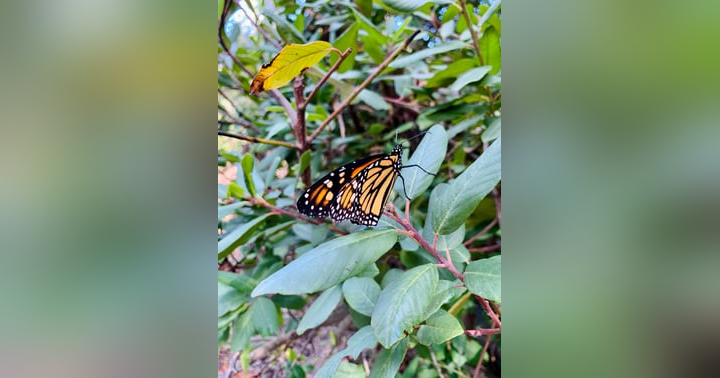Golden State Naturalist Holiday Gift Guide

Gifts for the outdoorsy, the hikers, and the nature lovers in your life
Happy Holidays, Friends!
Still need a gift for your outdoorsy friend, partner, child, or parent? Or maybe you’re the outdoorsy one, and your loved ones have asked what they should get for you. I’ve got you covered!
Items on this guide range from very affordable to splurge and from itty bitty to large, so you can fill in any gaps on your list from tiny stocking stuffers to big main gifts. And while the most experienced among us will likely have several of these items already, I’ve tried to include some fresh ideas for all.
Happy gifting!
As an Amazon Associate, I earn from qualifying purchases. The cost for you stays the same.
Stocking Stuffers/Small Items:
You can tell I love tiny things because I’ve included a million of them on this list. They range from the cozy to the fun to the practical, and everything in between. Enjoy!
Let's start with a holiday classic:
It's cold out there, and these socks are just as cozy for indoor adventures involving hot cocoa and mini marshmallows as they are for a big hike. I use mine for both. There are many lovely wool socks out there, but Darn Tough is my favorite brand. They're both the coziest and most durable ones I've found. Just size up for feet that are right on the line! I wear a 9.5 shoe and size L socks fit me perfectly.
Sun Protection:
I know December doesn't feel like the time to be worrying about sun protection, but UV rays can cause skin damage all year, and there are some lovely products out there to help prevent that damage.
For a budget-friendly option, check out this SPF 50 sunscreen by Neutrogena. I've used this one before, and it gives great protection and isn't oily, but it takes a lonnnng time to rub in and get rid of the chalky white coloring. I recommend this one to anyone who is patient and doesn't mind a thicker-feeling cream. Next time I buy sunscreen, I'm going to try...
This option by Dr. Dennis Gross. It's a step up in price, but the reviews are stellar, and it's supposed to go on sheer and look good on all skin tones.
Ok, but what if you want to wear makeup and make sure your skin is protected all day? I use this sunscreen brush when I'm on podcast interviews and want to top up my sun protection. Just make sure to put a more substantial sunscreen under the makeup for full protection.
Don't forget lip protection! Check out this soothing, 30 SPF Supergoop. The texture lives up to the name, but my lips feel so much better when I use it!
Now that our toes are cozy, let's get out and have some fun. This might be my single favorite stocking stuffer on the list:
Carrying a jeweler's loupe is one of the best ways to enter other worlds. Look closely at a rock, and feel like you're walking on the moon. Look at a redwood leaf, and you might expect to see dinosaurs emerging from the lush, prehistoric landscape. This pack comes with two loupes. Keep one for yourself, or tell your nature-loving gift recipient to stash them in different places for easy access. These are also great for youngsters. I bought them for my kids (now ages 4 and 6) over a year ago, and they still love to use them for deeper discovery on our outings.
And while we're talking about tiny things that fold, let's discuss pocket knives. I've had this one for over 10 years:
This Kershaw Chive pocket knife was a gift from my dad, so I might be biased in its favor, but it's also an incredibly tough, sharp, well-designed little knife. And because it's so tiny, it's easy to clip inside of a pants pocket for easy access, which means it's readily available for snack packages that are difficult to open (or more serious applications, but in all honesty, this thing sees more snack-pack action than anything else).
If you think a wide range of tools would be more practical, check out a multi-tool like this Leatherman. It's less sleek than a compact little pocket knife, but it also does more. I spent large swaths of my childhood with a Leatherman on my belt, and it came in handy on many adventures.
The remaining stocking stuffers are items I like to put in my day pack and forget about. They give me peace of mind when I hit the trail. When I just have my day pack, I'm never expecting to spend the night outdoors, but these items could be vital in the event of an unexpected or emergency overnight.
First, it's a good idea to have a little first aid kit like this one by Coleman. It's great for the scrapes and blisters you're likely to get on the trail, and my favorite thing about it is that it comes in a sturdy tin, which is great for an item destined to spend years buried under a thoroughly smushed granola bar and a bag of almonds, to speak from personal experience. (Note that you may want a more robust kit for larger adventures! This one is perfect for day hikes and small enough to actually come along and not get tossed out in favor of more snacks.)
Next up: Who doesn't love a shiny metallic blanket? Ok, they may not be the picture of coziness, but they're fantastic for survival should one of those unexpected overnights ever happen. These emergency blankets are super lightweight and compact, so it's easy to carry a couple for some peace of mind.
Here's an item I've never actually needed but am happy to have in my pack: Stormproof matches! They take up almost no space and could save a life. A note of caution: These things DO NOT go out once lit. They even reignite after being dunked in water. Anyone who might use these should be familiar with how they work. Make sure to read the packaging.
Even if you don't expect to be out at night, it's super smart to carry a flashlight or headlamp. Headlamps like this EverBrite are my preference for two reasons. One: Hands free is the best! Two: They often have a red light option so everyone in the group can maintain their night vision. Being blasted in the face with bright white LED light is a good way to not be able to see anything beyond the immediate beam of light. I've had this particular headlamp for over a year, and it's served me well the handful of times I've needed it.
My phone is my GPS. I can't risk letting that die on the trail, so a power bank is super important. The one I currently have is slowly dying, so I'll be getting this one next. It can recharge with solar power, includes a flashlight, and comes with built-in cables that attach to most devices.
Main Gifts/Larger Items:
When I first started my podcast, I knew I would need a quality backpack for field interviews. I wanted it to be small enough to feel comfortable as a day pack, but I also knew I needed enough space for my recording equipment, water bottle(s), snacks, nature journal, layers of clothing, and various survival items listed above.
I even ordered SEVERAL backpacks to try out, and ended up returning all but this one by Osprey. There's so much I love about this pack, including the variety of pockets, sturdiness, size, and hip belts. Oh, and yes: I do use a men's backpack! This is because I have a long torso, and women's hip belts are cute lil tummy straps on me, which is both hilarious to look at and completely unhelpful.
Now I use this pack for all of my podcast interviews as well as day hikes, nature journaling outings, etc. It's holding up great and does everything thing I need it to do.
Let's be real: these Columbia boots are nothing fancy. They're inexpensive as hiking boots go. They are in no way fussy or pretentious. And I adore them. I've had mine for at least five years, and they still look great. I've had far more expensive boots be less comfortable, offer less support, and fall apart on me more quickly. I even wore these while hiking a trail overgrown with poison oak (to which I'm highly allergic) and had to throw them in the wash as soon as I got home. No problem! They came out looking brand new.
Now for another of my favorite items:
I love these binoculars, which I first learned about from naturalist and nature journaling innovator John Muir Laws. The beauty of these is that:
- They're lightweight and easy to pack and use for beginners
- They're very affordable compared with high end optics, and
- They're great for both far off and nearby creatures, plants, and objects because they're close-focusing. This means you can look at a leaf or bumblebee that's 18" away and see it in all its glorious detail. This makes these fantastic for sketching or just practicing closer observation.
This next one comes with my favorite hiking tip:
This is my everyday water bottle. It's high quality, keeps drinks super cold on the trail, and just the right size to carry on a hike. Now here's that hiking tip: Even if I'm not planning on going far, I always leave a larger water bottle like this one filled with ice water in the car. I've run out of water on a hike before, on a hot day and in a place with no running water at the trailhead. I had a pretty miserable drive to the nearest town. I realize it could have been much worse than a bad drive, so now I usually carry two water bottles in my backpack and always have the additional, larger bottle in the car.
Books:
I could write many blog posts about my favorite books for outdoorsy and naturalist types, but I'm going to do my best to narrow it down! Please know that there are also many good field guides, foraging books, and other regional books. I'm not including those in this post because they vary based on location. Maybe I'll make another post sometime for my favorite California-specific books!
Here are my top 5 favorite books on nature/ecology that I've read (or reread) in the past year or two:
- Braiding Sweetgrass and Gathering Moss by Robin Wall Kimmerer. Yes, this author gets TWO of my top five favorite spots. Kimmerer is a botanist and member of the Potawatomi Nation, and she combines her Western scientific lens and Indigenous ways of knowing in her examination of the natural world. Braiding Sweetgrass is quite possibly the most paradigm-shifting book I've ever read, and I'm grateful to Kimmerer for bringing it into the world.
- Entangled Life by Merlin Sheldrake. Did you know fungi could stay interesting for 368 pages? Me neither, but Sheldrake's deep knowledge of these beings combined with his almost tactile storytelling and the kind of insight born of long experience, respect, and dedicated study had me wanting another volume the second I finished this one.
- A Sand County Almanac by Aldo Leopold. This is a classic (published in 1949) that I'd never read until recently. It centers on Leopold's life and observations around his land in Wisconsin and presents a very different way of looking at the natural world than most of us were raised with. Here's one of the books more famous quotes (although I underlined about 100 passages as I read): “We abuse land because we regard it as a commodity belonging to us. When we see land as a community to which we belong, we may begin to use it with love and respect.” Gorgeous.
- Nature’s Best Hope by Doug Tallamy. If I had to pick one thing that everyone could do to make a difference for their local ecosystem, it would be growing native plants. Tallamy, an entomologist, is well-positioned to demonstrate the connection between plants and the rest of the food web. He also gives loads of practical advice for those looking to make a difference.
Those are a few of my favorite things! I hope this helped you find the perfect gift!
Oh, and one last item. I haven't tried this one out yet, but here’s what I asked for this Christmas!
And if your loved one is a GSN fan, they might like a mug for their holiday cocoa or a cozy sweatshirt for the season. Check out GSN podcast merch.
Still didn't find the perfect item? Maybe your bestie would like to try out nature journaling. Here are all of my favorite, beginner-friendly nature journaling supplies listed in one spot.
Wishing you a cheerful season!
Michelle




























